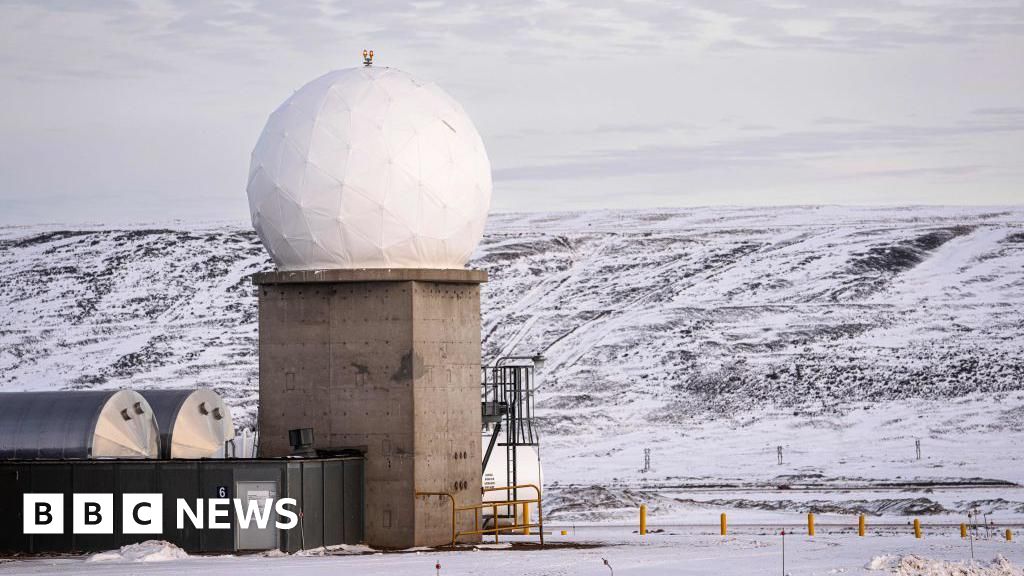Infra
Total of $3.6B in US water infrastructure funding announced with $169M slated for Ohio

Government and community leaders stood by the Cuyahoga River in Akron on Wednesday to announce $3.6 billion in funding from the Biden administration to upgrade water infrastructure throughout the United States.
“Specifically, here in Ohio, we will receive $169 million from this round of funding,” said U.S. Rep. Emilia Sykes, D-Akron. “Municipalities will have the opportunity to apply for grants from the Ohio EPA to utilize these funds to improve water infrastructure across the state.”
The funding follows another $2.6 billion that the Biden administration announced earlier this month for drinking water upgrades and lead pipe replacements across the country, Sykes said.
Sykes said the combined $6.2 billion “is essential to safely managing wastewater, protecting local fresh water resources and delivering safe drinking water to homes, schools and businesses.”
How much funding will Akron receive for water infrastructure?
Local funding amounts have not been determined, as the city of Akron still needs to apply for grant dollars, said city of Akron spokeswoman Stephanie Marsh.
Local funding is earmarked through the Ohio EPA’s Water Pollution Control Loan Fund and its Water Supply Revolving Loan Account, Akron Mayor Shammas Malik said.
Speakers announced the federal funding near the under-construction Northside Interceptor Tunnel, which the city is required under a consent decree to complete by the end of 2026.
Marsh said the tunnel, along with the separate, completed Ohio Canal Interceptor Tunnel Diversion Structure, will reduce combined sewer overflows that overflow into the Cuyahoga River by storing millions of gallons of water during stormwater events.
“We’ve made outstanding progress in recent years, and once this Northside Interceptor Tunnel is done, we’ll be capturing 99% of wet weather flows and reducing Akron’s combined sewer overflow events by 99.7%,” Malik said.
The city of Akron has not determined whether any local funding would affect utility rates, Marsh said.
Stakeholders applaud local, federal efforts to improve water infrastructure
Bruno Pigott, acting assistant administrator in water at the U.S. EPA, highlighted progress the city of Akron has made improving water infrastructure, noting that the city is replacing its final 1,800 active lead service lines.
“On the banks of the Cuyahoga River, we stand beside a living reminder about the strides that we’ve made to protect water in this country,” Pigott said.
Elaine Marsh, environmental advocate and co-founder of nonprofit Friends of the Crooked River, said the Cuyahoga River, also known as the Crooked River, is now cleaner many people would have been envisioned 50 years ago.
She said the bigmouth buffalo fish was last year discovered at the mouth of the Little Cuyahoga, “once considered one of the most polluted spots on our river.”
And she pointed out that lake sturgeon were released into the river earlier this month.
The city of Akron in August named the Northside Interceptor Tunnel boring machine after Elaine Marsh, who is a watershed specialist for Summit Metro Parks and whose advocacy and environmental work has spanned five decades.
“It takes serious commitments by all sectors of the clean water community, the utilities, the regulators, the enforcers and the funders to ensure that citizens and rate payers get the best clean water outcome for their extensive investments,” Elaine Marsh said.
Patrick Williams covers growth and development for the Akron Beacon Journal. He can be reached by email at pwilliams@gannett.com or on X, formerly known as Twitter, @pwilliamsOH.






